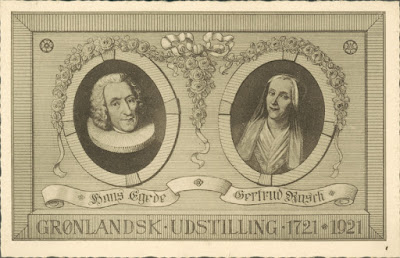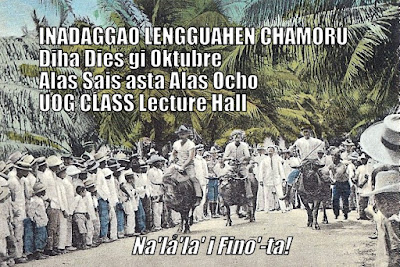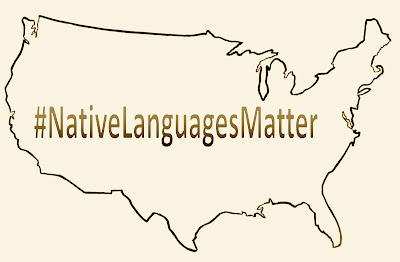Where Do We Hear Chamoru?
For each Inacha'igen Fino' CHamoru, the Chamorro Studies and Chamoru language faculty at UOG collect or produce a handful of creative and expressive texts in the language. These texts are used as part of the competition for these categories, Lalai (chant), Rinisådan Po'ema ( poetry recitation) and Tinaitai Koru (choral reading). Students have to memorize and then recite or perform these either as individuals or as a group. For the longest time, there wasn't a lot produced creatively in the Chamoru language. Most of it could be found in terms of music, as Chamorus were making songs, releasing albums and performing. Much of the publication and promotion of Chamoru could be found in the church, but little of it was creative. Much of it was translations of things written elsewhere in the Catholic universe and localized to Guam. In this way, the church preserved words and meanings in Chamoru, it helped teach and propagate the language, but it wasn't a venue for Chamoru





